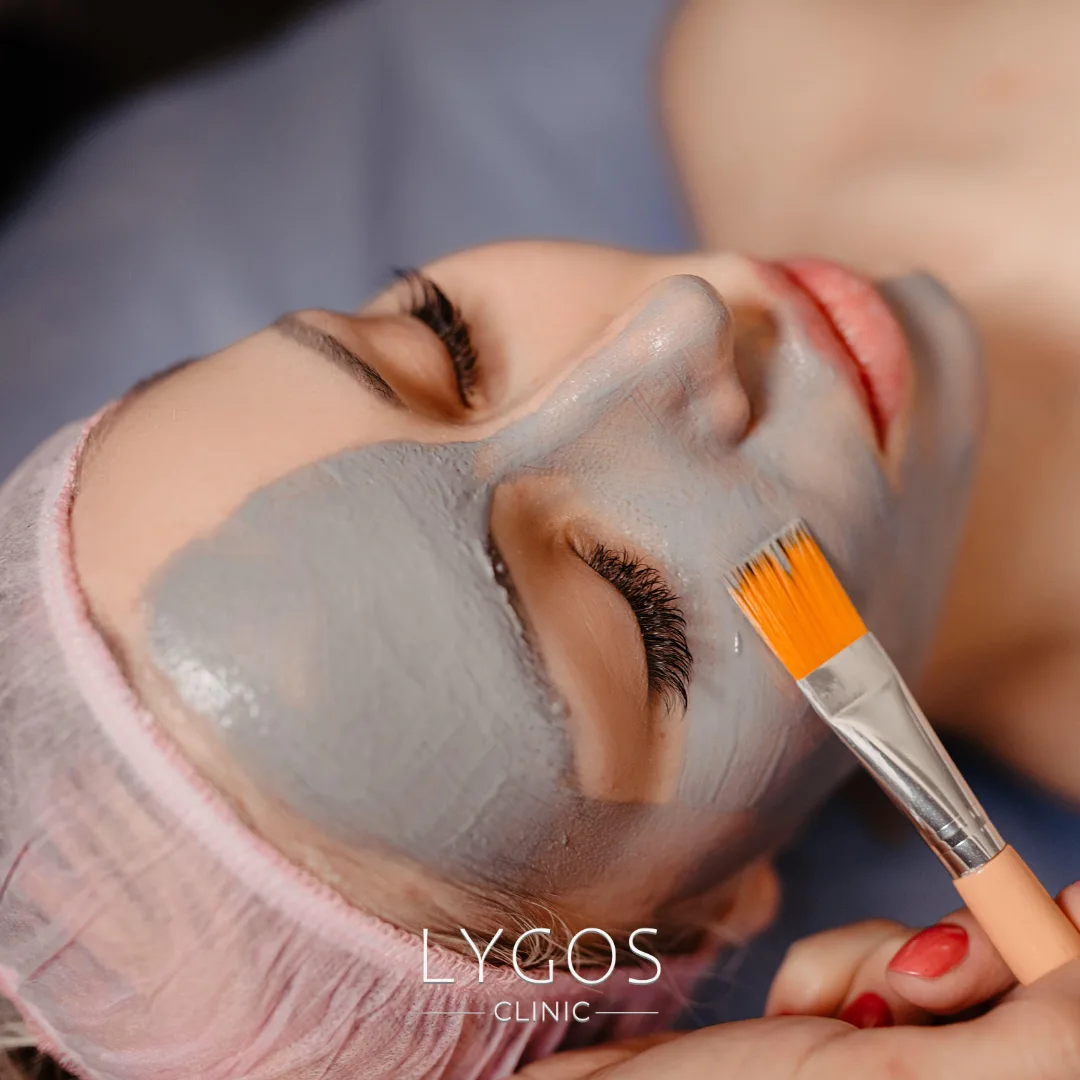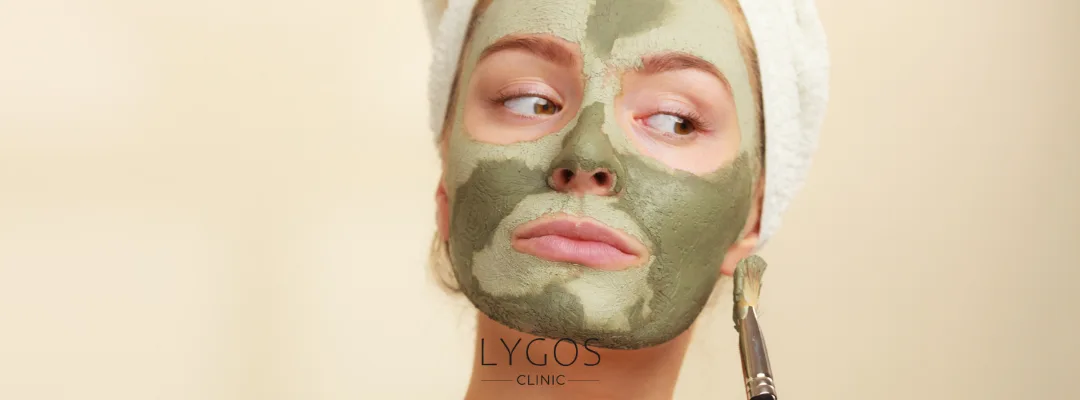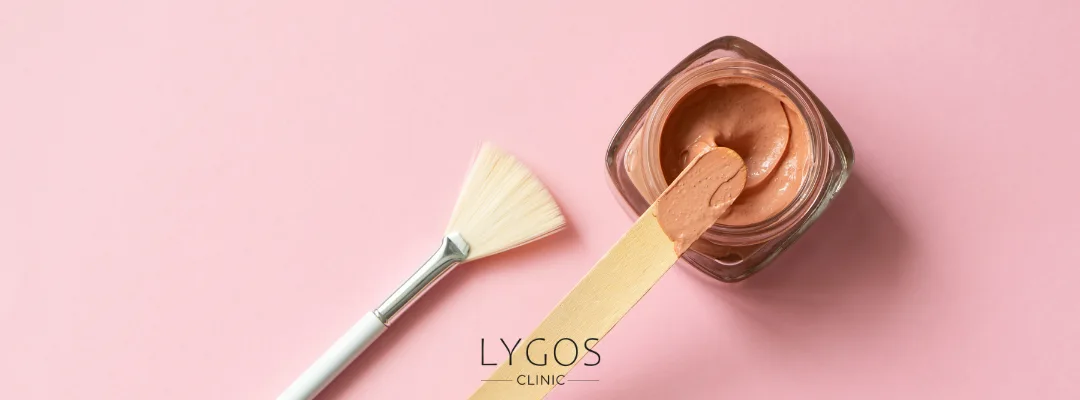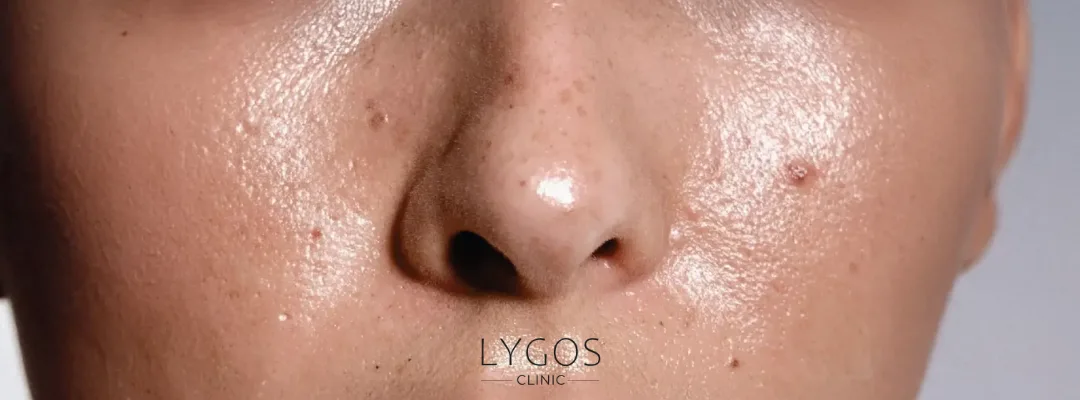Benefits of Clay Masks | Side Effects and Risks

Chose Your Topic
Benefits of Clay Masks
For those seeking natural solutions in skincare, this comprehensive guide under the title “Benefits of Clay Masks” offers everything you need to know. Clay masks are a popular choice for people looking for natural remedies for skin problems. Thanks to their rich mineral content, they cleanse, renew, and revitalize the skin. But what exactly is a clay mask, and why is it so widely used? All the details are explained in this article.

What Is a Clay Mask?
A clay mask is a skincare product derived from nature and contains a variety of minerals. Typically collected from soil layers formed by volcanic activity, clay includes beneficial elements for the skin such as iron, magnesium, calcium, and zinc. When applied to the skin, it absorbs excess oil, clears pores, and removes dead skin cells. Starting with these basics helps us better understand the effectiveness of clay masks.
What Are the Benefits of Clay Masks?
When we talk about the benefits of clay masks, the first thing that comes to mind is deep skin cleansing. However, the benefits go far beyond that:
- Balances Skin Oil: Absorbs excess sebum, giving the skin a more matte appearance.
- Tightens Pores: Minimizes the appearance of enlarged pores and helps prevent blackheads.
- Evens Skin Tone: Helps fade skin blemishes and promotes a more uniform complexion.
- Provides a Peeling Effect: Removes dead skin cells, allowing the skin to breathe.
- Boosts Blood Circulation: Stimulates the skin and increases blood flow for a healthy glow.
- Fights Acne and Pimples: Its antibacterial properties help reduce acne-causing bacteria.
As seen in the phrase “benefits of clay masks,” they offer not only cosmetic but also therapeutic advantages.

Types of Clay Masks
The benefits of clay masks can vary depending on the type of clay used. The most commonly used types include:
- White Clay (Kaolin): Ideal for sensitive skin; gently purifies the skin.
- Green Clay: Suitable for oily and acne-prone skin; helps regulate oil production.
- Pink Clay: Preferred for dry and sensitive skin; softens and soothes.
- Black Clay: Has the strongest detoxifying properties; excellent for removing toxins.
- Red Clay: Supports blood circulation and revives dull skin.
Each type addresses different skin needs. That’s why it’s essential to choose the right type for your skin to fully benefit from a clay mask.
How to Make a Clay Mask at Home
Creating a clay mask with natural ingredients at home is simple. Here’s a basic recipe:
Ingredients:
- 2 tablespoons of clay (appropriate for your skin type)
- 1 tablespoon of rose water or pure water
- (Optional) 1–2 drops of tea tree oil or lavender oil
Preparation:
Mix all ingredients in a glass bowl using a non-metal spoon. Apply a thin layer to your face and leave it on for 10–15 minutes. Rinse with lukewarm water. You can use this mask 1–2 times a week.
As you maintain this routine, the benefits of clay masks become more noticeable.

Which Skin Types Are Clay Masks Suitable For?
The benefits of clay masks are most effective when matched to the appropriate skin type:
- Oily Skin: Green or black clay is recommended.
- Dry Skin: Choose pink or white clay and limit the application time.
- Sensitive Skin: White or pink clay are the best options.
- Combination Skin: Different types can be applied to different facial zones (multi-masking).
Choosing the right mask is crucial for achieving optimal results.
Potential Side Effects and Risks of Clay Masks
Despite their natural origins, clay masks can have some adverse effects if misused:
- Dryness and Tightness: Especially in dry skin types, overuse may cause irritation.
- Allergic Reactions: Some clays or added essential oils may cause sensitivity.
- Eye Area Irritation: Avoid applying around the eyes, as the skin there is very delicate.
Always test the mask on a small area first and limit usage to 1–2 times per week. Assessing the benefits of clay masks alongside potential side effects ensures safe and effective use.
For those in search of natural and effective skincare solutions, the benefits of clay masks cover a wide range. Their ability to cleanse, balance oil, and fight acne makes them a versatile choice for all skin types. However, choosing the right type of clay and applying it correctly is essential. Remember, the true benefits of clay masks only emerge with proper use.
Benefits of Clay Masks Frequently Asked Questions (FAQ)
It is recommended to use it once or twice a week. More frequent use can dry out the skin.
Yes. Clay can dry out the skin, so you should always apply a suitable moisturizer afterward.
No. The skin around the eyes is very sensitive and should be avoided.
Generally, yes. But it's best to check the ingredient list and consult your doctor.


